AirPods Pro 2 and AirPods Pro are two Bluetooth headphones manufactured by Apple. The first generation was released in October 2019 with a current price of $186 and has advanced features such as active noise cancellation (ANC), spatial audio, ambient mode, and adaptive equalization. The second generation, on the other hand, launched in 2022 for $249, brings improvements in several aspects – starting with the new H2 chip.
Both headsets are interesting options for those who own an iOS device, such as the iPhone and need a Bluetooth headset with exclusive features of the brand, such as fast pairing and AAC codec. Below, check out a comparison between the AirPods Pro 2 and the original AirPods Pro.
Apple AirPods Pro x AirPods Pro 2
| AirPods Pro | AirPods Pro 2 | |
|---|---|---|
| Launch | October 2019 | October 2022 |
| Price | from $186 | from $249 |
| frequency response | Not disclosed | Not disclosed |
| Impedance | Not disclosed | Not disclosed |
| Driver | Not disclosed | Not disclosed |
| Chip | Apple H1 | Apple H2 |
| connectivity | Bluetooth 5.0 | Bluetooth 5.3 |
| Battery | up to five hours | up to six hours |
| Weight | 5.4 g | 5.3 g |
| Dimensions | 30.9 x 21.8 x 24 mm | 30.9 x 21.8 x 24 mm |
AirPods Design
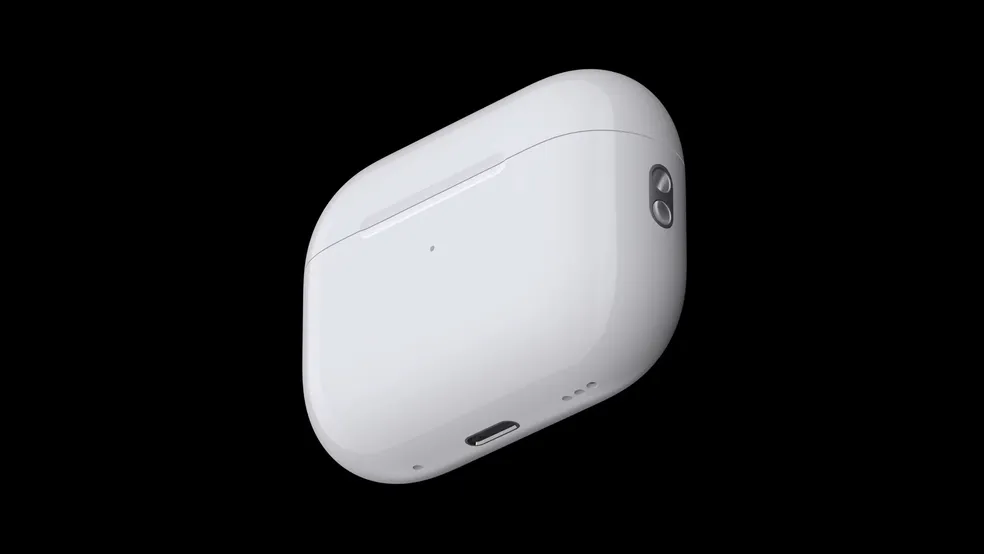
For those who like the style of the AirPods Pro, the good news is that the design of the new AirPods Pro 2 is almost identical to the previous model. The premium headset maintains the brand’s signature minimalism with silicone tips that fit inside the ear. The second generation of the headset comes with four silicone tips (in sizes G, M, P, and PP) instead of just three.
The most significant new features are in the charging case. On the right side, a lanyard strap has been added for easy carrying. On the bottom, Apple has placed a discreet speaker that plays a sound every time the case is low on battery or the headset is charging. Otherwise, the look is pretty much the same.
Features
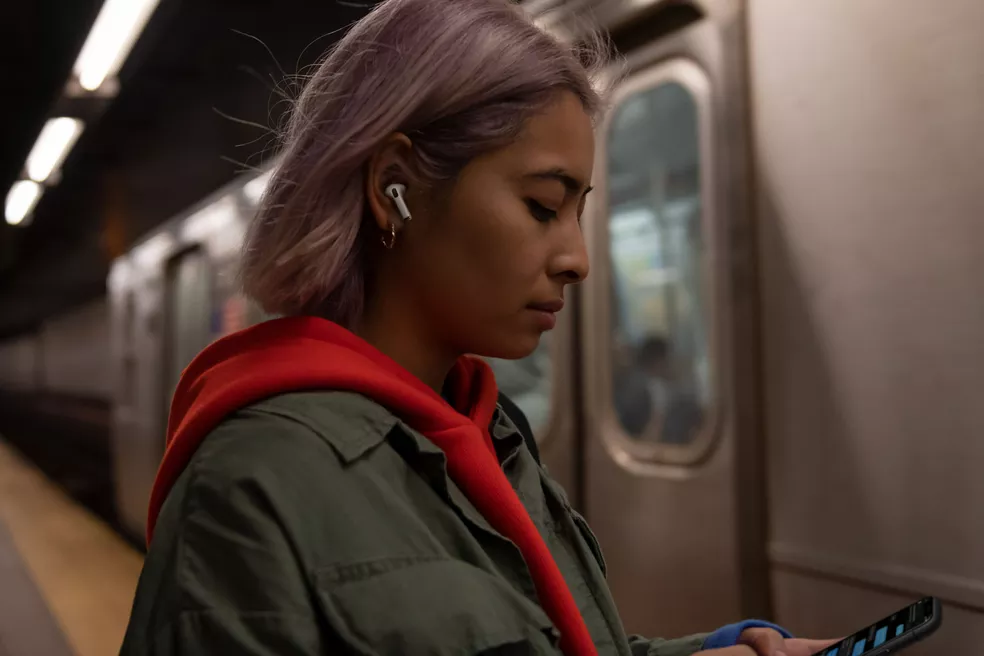
Released in 2019, the AirPods Pro has features that can still be considered advanced today. Still, the new generation has managed to bring some improvements. Active noise cancellation can now filter out twice as much external noise thanks to the new H2 chip. The adaptive ambient mode, which lets outside sound enter the headset, has also been improved to attenuate loud noises such as sirens and power tools, causing less discomfort to the user.
It is also worth mentioning two new features that have greatly improved the usability of the AirPods Pro 2. The first is the possibility to adjust the volume of the headphones using the touch sensor. The second is the replacement of the optical sensor to detect when the headset is removed from the ear with a skin sensor, which tends to be more accurate. Other than that, both are compatible with the Siri voice assistant and are sweat and water-resistant, verified by IPX4 certification.
Sound Quality
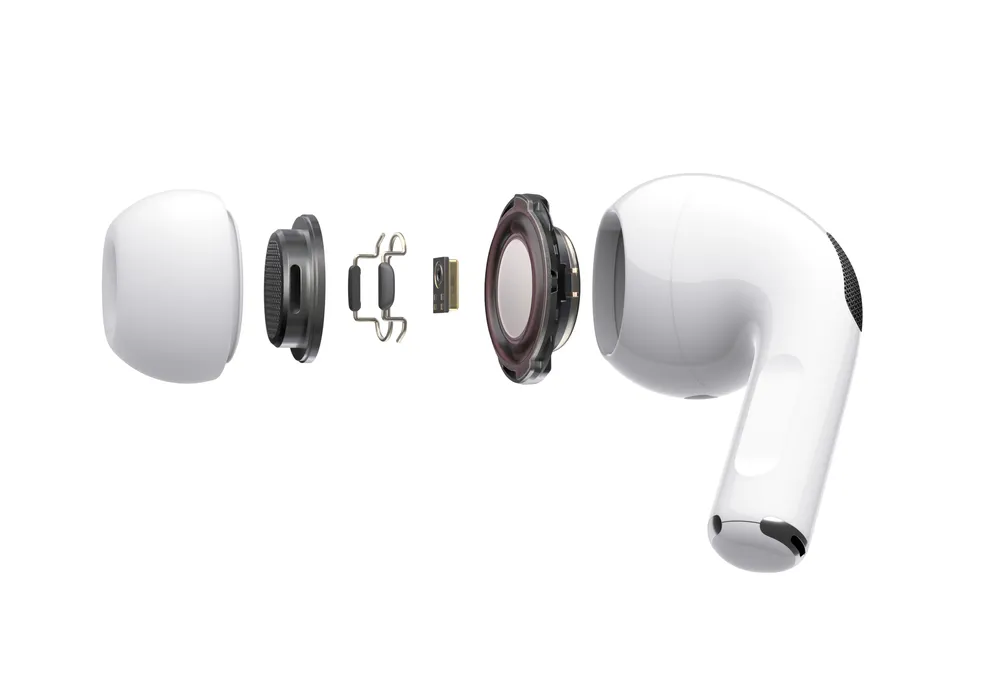
Apple does not disclose the technical specifications of the headphones, such as frequency response and size or type of driver used, which makes it difficult to analyze the sound quality. The company says that the new H2 chip is equipped with an also unreleased driver and integrated amplifier, which promise low distortion reproduction and deeper bass in the AirPods Pro 2. The original AirPods Pro use the H1 chip.
On the other hand, both models rely on spatial audio features, which simulate sound reproduction in three dimensions, and dynamic head tracking, which adapts to the sound according to the position of the user’s head. Neither feature improves the sound quality of the headphones but offers greater immersion while playing content compatible with these technologies.
Battery
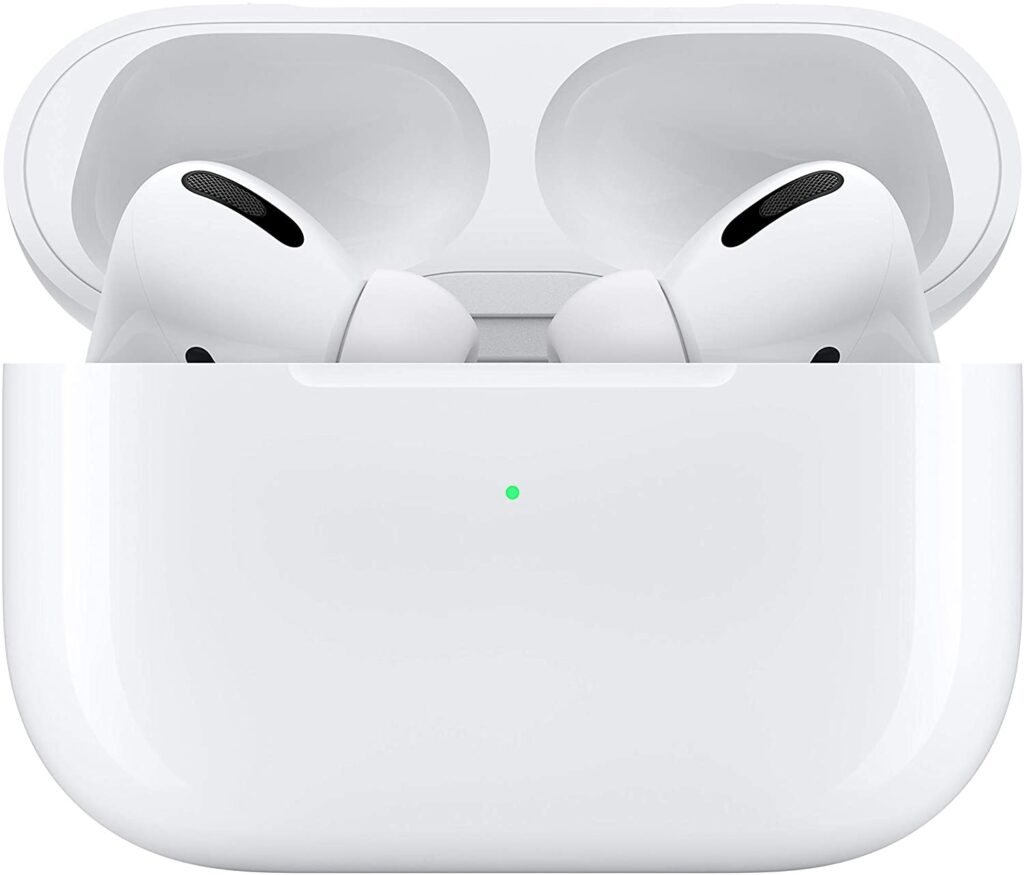
On the battery side, the AirPods Pro 2 has seen an improvement over its predecessor. The autonomy of the headset has increased to up to six hours of continuous use, according to Apple. Already in the first AirPods Pro, the battery lasts up to five hours. When the active noise cancellation and spatial audio modes are activated, both have their total charge reduced by about 30 minutes.
In this case, the difference is greater. The AirPods Pro 2 case can accumulate up to 30 extra hours of charge. JIn the case of the first AirPods Pro, the maximum charge is 24 hours. In contrast, both feature fast charging: after five minutes in the case, you can use the headphones for up to an hour.
Price and warranty

The first AirPods Pro was announced in 2019, you can still find it starting at $189 on Amazon. The new AirPods Pro 2, on the other hand, is sold for $249.
For both products, Apple offers a warranty of one year after the date of purchase for manufacturing defects. The manufacturer also offers a replacement for lost products.
Main competitors
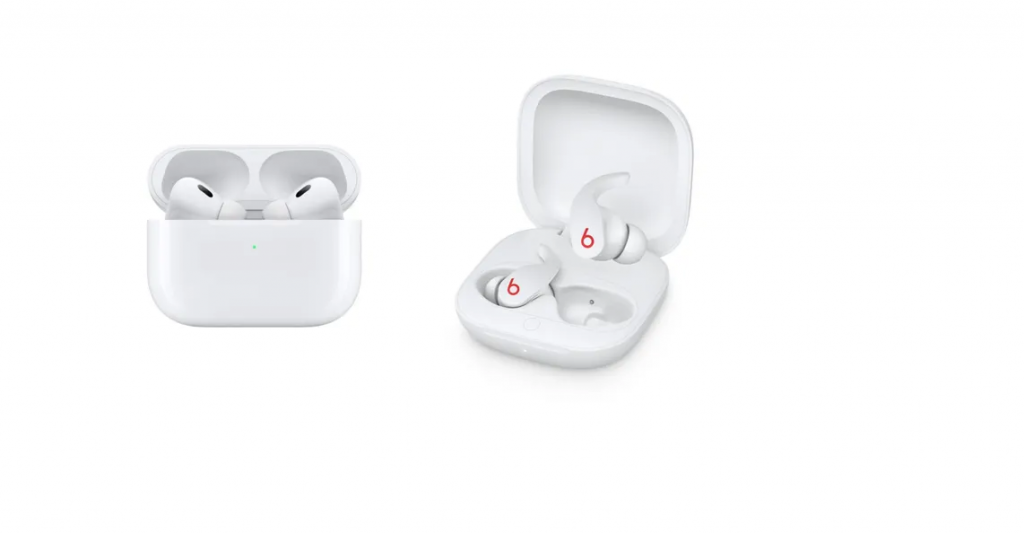
For those looking for a wireless headset integrated into the iOS system, a good option are the Beats products, which are also produced by Apple. One of the models that come closest to the AirPods Pro is the Beats Fit Pro, which is equipped with the H1 chip, has active noise cancellation, spatial audio, and a battery life of up to seven hours of continuous playback. It can be found for as little as $179.
For those who own an Android device, there are more options on the market, such as Samsung’s Galaxy Buds 2 Pro. The Bluetooth headset features active noise cancellation, 360 sound, and 24-bit audio support – all for $227. Another good option is the Sony WF-1000XM4 headset, which can be found for as little as $179. It features an active noise cancellation system, support for the LDAC codec, and up to 12 hours of continuous playback.
This post may contain affiliate links, which means that I may receive a commission if you make a purchase using these links. As an Amazon Associate, I earn from qualifying purchases.

